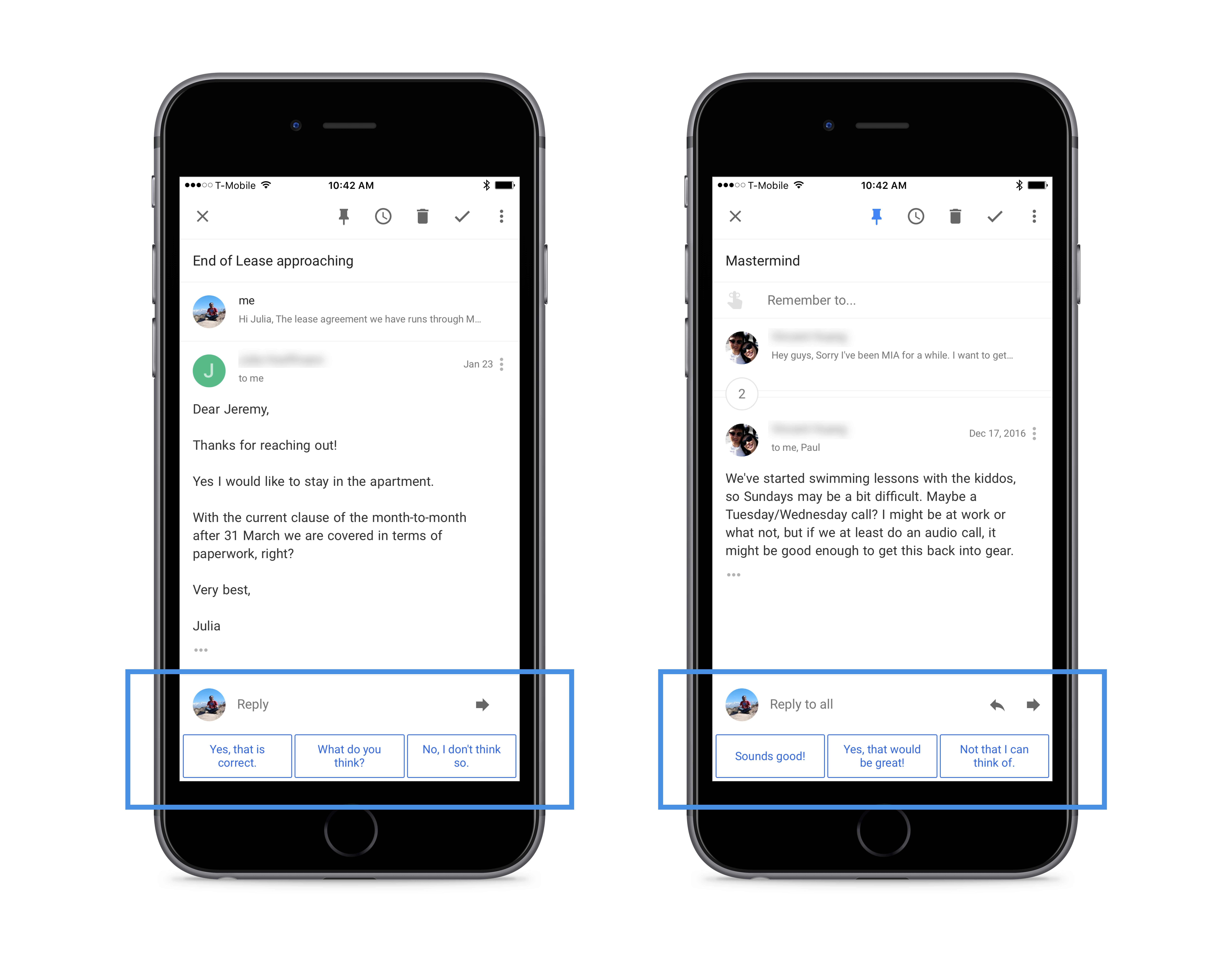Must know UX design trends in 2019
It has already been a quarter into 2019 and here are some of my thoughts on where UX might be headed in the year.

The landscape of UX and product design has been always changing. Over the last three, there has been a lot of adoption when it comes to disruptive techs such as VUIs (Amazon Echo, Siri, Google), mixed realities such as HoloLens, Magic Leap and tons of smart home devices.
The technology might have changed a lot but the processes of crafting these new experiences might have mostly stayed the same. However new human behaviors have emerged with new technology intervention leading us to design new solutions. Based on my experiences and what I have read and heard on numerous articles and tech talks, here are some of the things which might dominate in the field of UX design this year:
1. Conversational Design becoming more and more important

The traditional web UI forms are becoming obsolete quickly and will soon be replaced by emerging AI capabilities. This will help us create amazing interactions rather than inputting all your details by typing. Google’s Design guidelines talk about Conversational Design as follows:
Conversation design is a design language based on human conversation (similar to how material design is a design language based on pen and paper). The more an interface leverages human conversation, the less users have to be taught how to use it.
It’s a synthesis of several design disciplines, including voice user interface design, interaction design, visual design, motion design, audio design, and UX writing.
The role of a conversation designer is like that of an architect, mapping out what users can do in a space, while considering both the user’s needs and the technological constraints. They curate the conversation, defining the flow and its underlying logic in a detailed design specification that represents the complete user experience. They partner with stakeholders and developers to iterate on the designs and bring the experience to life.
2. Experiences which are more Personalized
Everyone especially designers know that one size will not fill all. Experiences and products have already started personalizing at a large extent. A simple example can be Spotify leveraging data analytics and AI to suggest songs which you like. Imagine you walk into a food place and you are served the food which you love and based on your mood. Amazing Right?
So, in 2019 we will see a lot of data-driven experiences backed by AI and machine learning. Here are some of the personalization tactics used by companies across the world.

3. Gestures … Gestures…Gestures
So, how many of you use the latest iPhone without the home button? If so, do you miss the home button? No !!! I don’t because a simple gesture transformed it into an easy and seamless user experience.

Taps, swipes, scroll, pull to refresh !! Everything which you are basically doing can be categorized as gestures.
Also, most of the times there is very little space on the mobile phone to put so much information and gestures helps the designers to overcome this space-based challenge. How? Gestures replace the buttons and get rid of excessive space. Also, Gesture-based navigation allows putting content in the center of the user’s attention.
So more and more common human gestures will be digitalized soon on mobile experiences and make it really simpler for us to use these products. As more gestures come into practice, we would see an evolving trend in these gestures being replicated across various apps.
4. Connected Experiences
More and more people are getting connected devices this year and the number of connected devices/person might reach 7 by the year 2022. This is due to the sudden rise of the smart device market. Information is being accessed across various devices at the same time and everything needs to be synced.

Apple is doing a pretty decent job already with wonderful sync between Apple iPhone/MacBook/iPad and the watch. The user journeys which will now be designed will have a complete range of devices rather than isolated.
Please clap and encourage me to write more.

